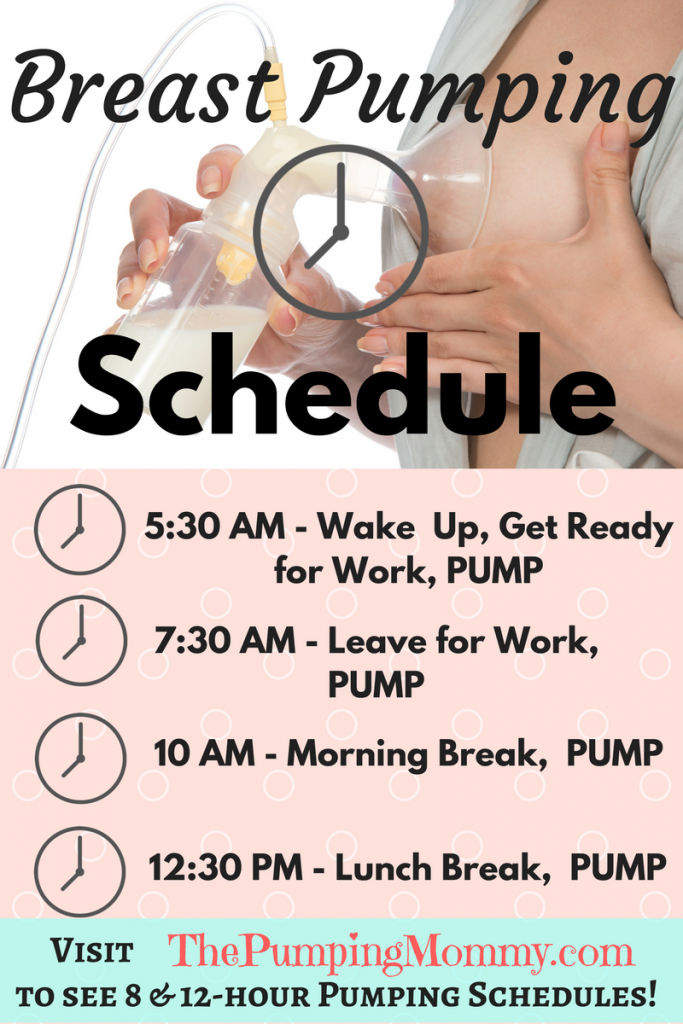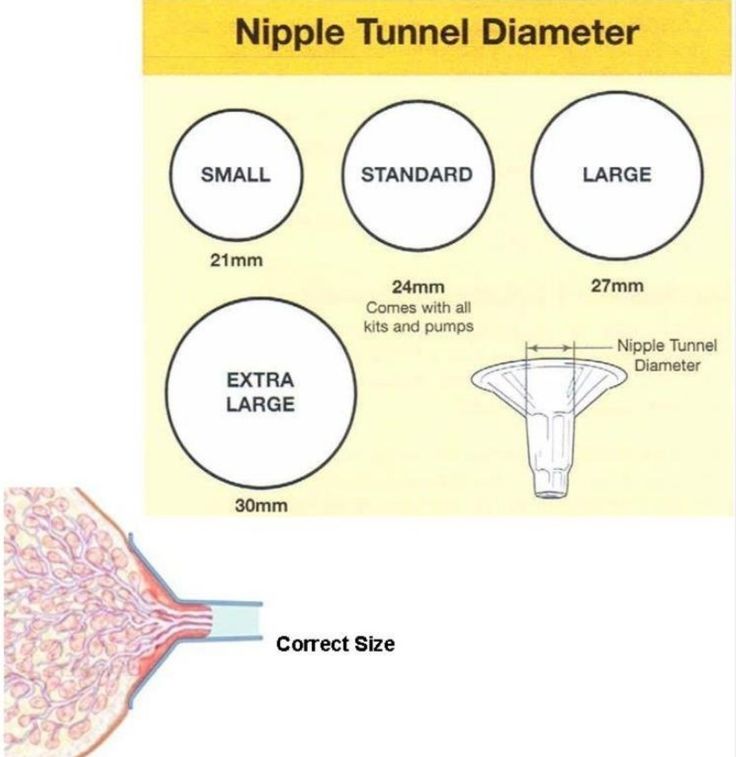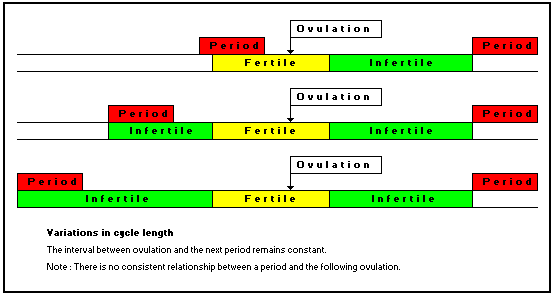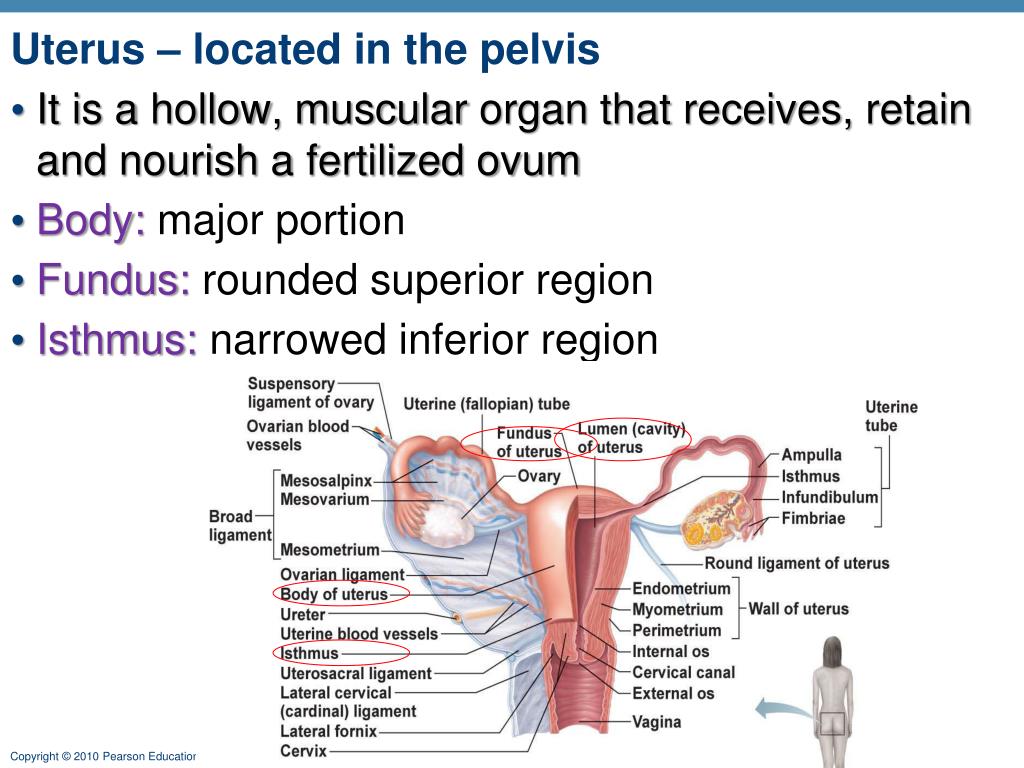How do breast pumps work
Types of Breast Pumps | FDA
All breast pumps consist of a few basic parts:
a. Breast Shield: a cone-shaped cup that fits over the nipple and the circular area surrounding the nipple (the areola).
b. Pump: creates the gentle vacuum that expresses milk. The pump may be attached to the breast-shield or have plastic tubing to connect the pump to the breast-shield.
c. Milk Container: a detachable container that fits below the breast-shield and collects milk as it is pumped. The container is typically a reusable bottle or disposable bag that can be used to store the milk or be attached to a nipple and used for feeding a baby.
Types of Breast Pumps
There are three basic types of breast pumps:
- Manual pumps
- Battery-powered pumps
- Electric pumps
A breast pump is typically held in place by hand or by a nursing bra, a breast pumping bra or a band.
Breast pumps extract milk from the breasts by creating a seal around the nipple and applying and releasing suction to the nipple, which expresses milk from the breast. Each suction and release combination is called a cycle.
Manual Pumps
Once the breast-shield is placed over the nipple and areola, a handle or lever is squeezed to create suction and express milk from the breast. The breast milk is then collected in an attached container.
Some manual pumps have a small tube which is pumped in and out of a larger tube to create a vacuum that expresses milk and collects it in an attached container.
Another type of manual pump, called a bicycle horn pump, consists of a hollow rubber ball attached to a breast-shield. Some experts discourage the use of bicycle horn pumps because they may be difficult to clean and dry.
Battery-Powered and Electric Pumps
A powered breast pump uses batteries or a cord plugged into an electrical outlet to power a small motorized pump that creates suction to extract milk from the breasts. It may have one or more long tubes connecting the breast-shield to the electric pump. The pump has a control panel with a dial or switch to control the degree of suction.
Some powered breast pumps can be adjusted to create different patterns of suction. Some manufacturers claim the adjustable suction allows the user to find a setting that closely mimics her nursing baby, including features with phases such as let-down. Let-down is the natural reflex which starts the release of milk when the nipple area is stimulated, such as by breastfeeding or breast pumping.
Because these breast pumps rely on a power source, women who use powered breast pumps should be prepared for emergency situations when electricity or extra batteries may not be available. If breastfeeding is not an option, having extra supplies for pumping and a back-up method, such as a manual breast pump, may help a woman maintain her breast pumping schedule during an emergency.
Pumping Types
There are two different pumping types: single and double.
| Pumping Type | How it Works | Types of Breast Pumps |
|---|---|---|
| Single | Extracts milk from one breast at a time.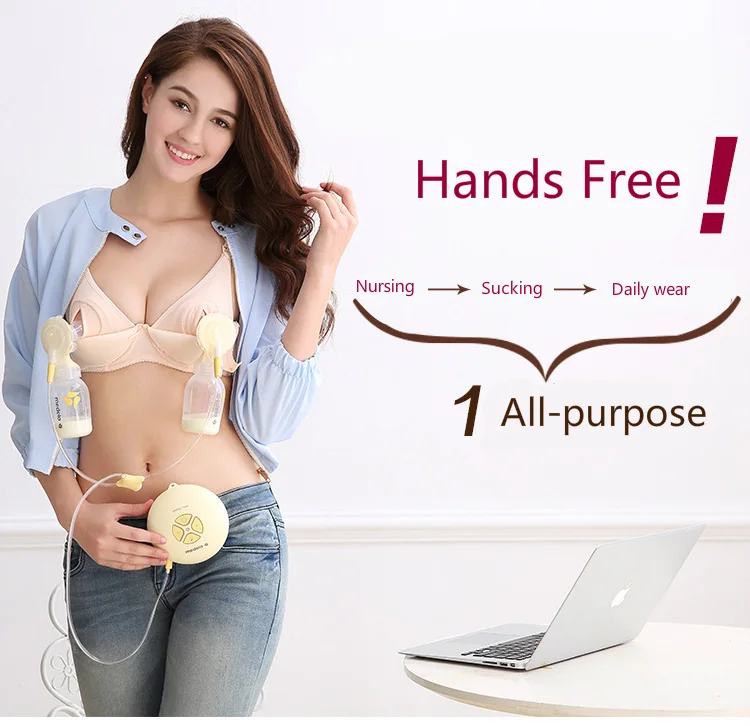 | Most manual breast pumps are single pumps. Most battery-powered pumps are single pumps. |
| Double | Can be used to extract milk from both breasts at the same time. A separate breast-shield can be attached to each breast to stimulate both nipples at the same time. | Some electric pumps are double pumps. |
Breast pumps | Pregnancy Birth and Baby
Breast pumps | Pregnancy Birth and Baby beginning of content3-minute read
Listen
Breast milk can either be expressed by hand or by using a pump. There are many different breast pumps available to buy or hire. The one you choose will depend on how you plan to use it.
The one you choose will depend on how you plan to use it.
Why you might need a breast pump
You might need to express milk when you are away from your baby (for example, if your baby is ill or premature), or because you are going back to work. You might also express milk when your breasts feel uncomfortably full, or to mix with your baby’s first solid foods. Many women express milk and store it in the freezer for emergencies.
Some women only need to express for a little while; others plan to do so long term. There are different breast pumps designed for different levels of usage.
If your baby cannot breastfeed from birth (for example, because they are premature or have special needs), you should start pumping as soon as you are able. If you have more than one baby, talk to the paediatrician or lactation consultant about building up your supply with a breast pump.
If you’re planning to go back to work, you can start pumping earlier and store the milk in the freezer.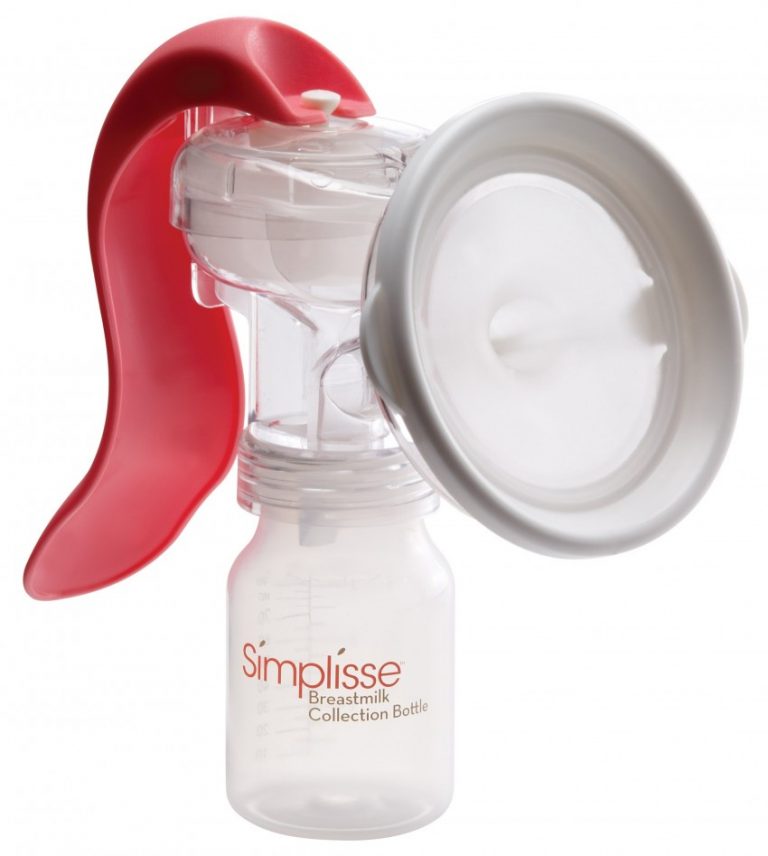
Types of breast pumps
Breast pumps consist of a suction cup that fits over your nipple, a funnel and a collection bottle. The pump mimics the sucking action of your baby to stimulate your milk to start flowing. It extracts the milk and collects it in the bottle.
There are three different types of breast pump:
- Manual: You repeatedly squeeze a handle to extract the milk.
- Electric: The machine pumps automatically.
- Hospital grade: There is a barrier between the milk collection kit and the pump mechanism so the milk doesn’t come into contact with the air or any germs. This ‘closed system’ pump may be shared by different women.
Manual pumps are suitable for infrequent use (less than once a day) or short-term use (less than 4 weeks). They are also more discreet.
If you are planning to use the pump more frequently or longer term, it might be best to consider buying or hiring an electric breast pump. Electric pumps work faster and require less work, and you can pump both breasts at once.
Electric pumps work faster and require less work, and you can pump both breasts at once.
Many women start off by using a manual pump and progress to an electric pump with their second child. Whichever you decide on, choose the highest quality pump you can afford.
Breast pumps come with different size breast shields. It is important to choose a shield that is the right size for you. If it’s too small, the nipple will rub against the sides. If it’s too big, the areola will be pulled into the funnel, causing soreness and affecting the milk flow. The shield is the right size if your nipple fits into the funnel easily and comfortably while pumping.
Always follow the manufacturer’s instructions on assembling and cleaning your breast pump. All breast pumps need to be sterilised after use.
How to find a breast pump
You can buy or hire a breast pump. If you hire one, you still need to buy your own milk collection kit (the parts of the pump that come into contact with the milk, like the breast shield and collection bottle) to avoid contamination.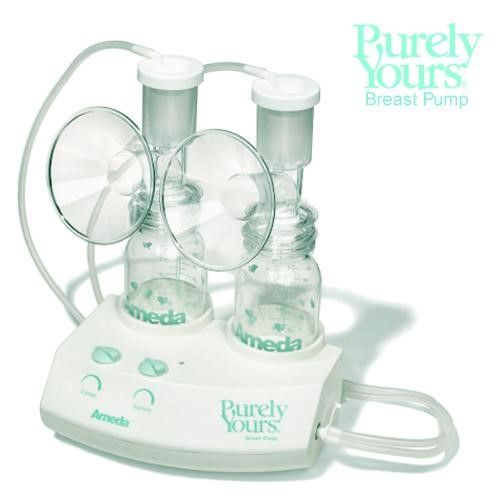
Using a second-hand breast pump is not recommended.
Other ways to express milk
It is also possible to express milk by hand, or to combine hand expressing and pumping. This can increase your milk production.
Read more about expressing and storing breast milk here.
Where to go for advice
If you are having trouble or have questions, talk to a lactation consultant, maternal child health nurse or the Australian Breastfeeding Association on 1800 686 268. Or you can call Pregnancy, Birth and Baby on 1800 882 436.
Sources:
Australian Breastfeeding Association (Which breast pump is best for you?), Australian Breastfeeding Association (Hire a breast pump), Raising Children Network (Expressing and storing breastmilk), Tresillian (Breastfeeding), Miracle Babies Foundation (Expressing breastmilk)Learn more here about the development and quality assurance of healthdirect content.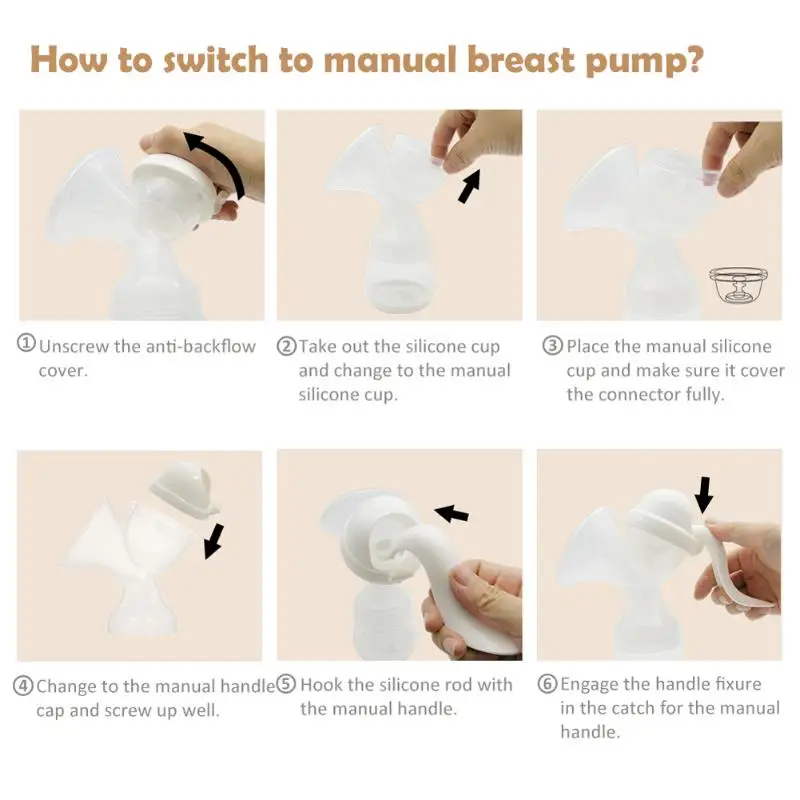
Last reviewed: September 2020
Back To Top
Related pages
- Expressing and storing breast milk
- A dad's guide to breastfeeding
- Breastfeeding your baby
Need more information?
Expressing and storing breastmilk | Australian Breastfeeding Association
Which breast pump is best for you?
Read more on Australian Breastfeeding Association website
Expressing Breastmilk - Miracle Babies
Understandably, giving birth to a premature or sick newborn may be a stressful time, but it is very important to start expressing milk as soon as possible
Read more on Miracle Babies Foundation website
Breastfeeding - expressing breastmilk - Better Health Channel
Expressing breast milk by hand is a cheap and convenient method.
Read more on Better Health Channel website
Expressing breastmilk & storing breastmilk | Raising Children Network
You can express breastmilk by hand, or with a manual or an electric pump. Store expressed breastmilk in special bags or containers in the fridge or freezer.
Read more on raisingchildren.net.au website
Which breast pump is best for you? | Australian Breastfeeding Association
Many breastfeeding mothers will need to express their breastmilk at some time. Whatever your reason for expressing, it can be confusing working out the best way to express and what breast pump is best to use (if any). This article looks at the different types of breast pumps and which ones are suitable for different types of expressing.
Read more on Australian Breastfeeding Association website
Expressing and storing breast milk
This page includes information about expressing, storing, cleaning equipment, transporting and preparing expressed breastmilk for your baby.
Read more on WA Health website
Breastfeeding: mums returning to work | Raising Children Network
It’s good for mums returning to work to keep breastfeeding if they want to. Here’s how to make it happen by planning ahead and talking with your employer.
Read more on raisingchildren.net.au website
Breastfeeding Advice | Tresillian
Find top breastfeeding tips and answers to common questions, including advice on how to increase your milk supply and weaning your baby.
Read more on Tresillian website
Videos | Australian Breastfeeding Association
This section contains a number of breastfeeding-related video clips.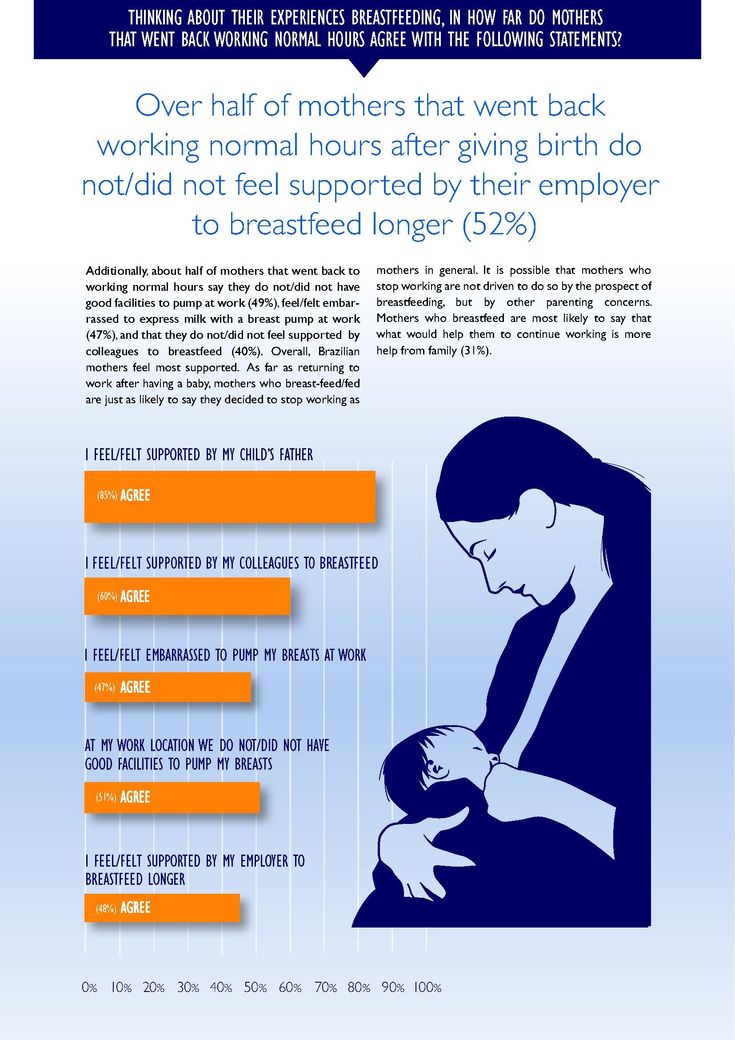 Please note that the views expressed in these videos do not necessarily reflect those of the Australian Breastfeeding Association.
Please note that the views expressed in these videos do not necessarily reflect those of the Australian Breastfeeding Association.
Read more on Australian Breastfeeding Association website
Breast refusal and baby biting breast | Raising Children Network
Breast refusal or baby biting breast are common breastfeeding issues. These issues might resolve themselves, or your child and family health nurse can help.
Read more on raisingchildren.net.au website
Disclaimer
Pregnancy, Birth and Baby is not responsible for the content and advertising on the external website you are now entering.
OKNeed further advice or guidance from our maternal child health nurses?
1800 882 436
Video call
- Contact us
- About us
- A-Z topics
- Symptom Checker
- Service Finder
- Linking to us
- Information partners
- Terms of use
- Privacy
Pregnancy, Birth and Baby is funded by the Australian Government and operated by Healthdirect Australia.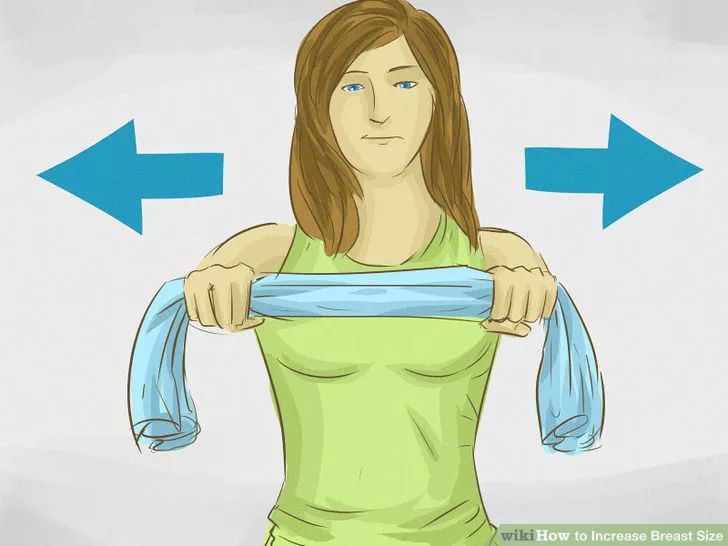
Pregnancy, Birth and Baby is provided on behalf of the Department of Health
Pregnancy, Birth and Baby’s information and advice are developed and managed within a rigorous clinical governance framework. This website is certified by the Health On The Net (HON) foundation, the standard for trustworthy health information.
This site is protected by reCAPTCHA and the Google Privacy Policy and Terms of Service apply.
This information is for your general information and use only and is not intended to be used as medical advice and should not be used to diagnose, treat, cure or prevent any medical condition, nor should it be used for therapeutic purposes.
The information is not a substitute for independent professional advice and should not be used as an alternative to professional health care. If you have a particular medical problem, please consult a healthcare professional.
Except as permitted under the Copyright Act 1968, this publication or any part of it may not be reproduced, altered, adapted, stored and/or distributed in any form or by any means without the prior written permission of Healthdirect Australia.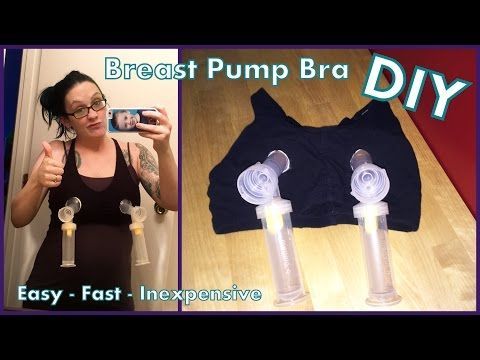
Support this browser is being discontinued for Pregnancy, Birth and Baby
Support for this browser is being discontinued for this site
- Internet Explorer 11 and lower
We currently support Microsoft Edge, Chrome, Firefox and Safari. For more information, please visit the links below:
- Chrome by Google
- Firefox by Mozilla
- Microsoft Edge
- Safari by Apple
You are welcome to continue browsing this site with this browser. Some features, tools or interaction may not work correctly.
Breast pump - types and principle of operation
Breast pump - types and principle of operation.
A breast pump is an indispensable item for almost every new mother. It is necessary for a young mother starting from the maternity hospital and ending with the time when the baby is weaned from the breast.
Avent electric breast pump
Breast pump is used:
- when there is an abundance of breast milk;
- if you do not have enough strength to suckle your own milk;
- when the mother continues to lead an active lifestyle, leaving the baby with a nanny or grandmother;
- in the prevention of congestion;
- for mastitis.
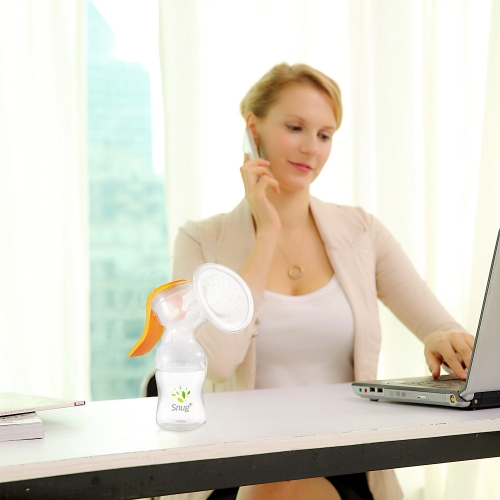
How the machine works
The principle is the same for all machines. A vacuum is created near the halo and under force the milk begins to flow out of the mammary glands. Breast pumps are divided into manual (mechanical) and electric.
How mechanical devices work
They are also divided according to the mode of action into:
1. Pump - a model consisting of a pump (pear) and a nozzle on the chest. Milk is expressed every time the pump is pressed. They come with a milk bottle. Washes easily. Economical. Takes up little space. Energy-consuming, cracks appear with frequent use.
2. Syringe - simple two-cylinder model. One cylinder is applied to the chest, and the second moves up / down. A vacuum is created when the piston moves. Easy maintenance and operation, compact. With frequent use, cracks appear.
3. Piston - consists of a silicone cap that is applied to the chest and is controlled by a lever on the device. Has a bottle included. Easy care, compact, does not harm lactation, almost silent. Convenient use. Energy-consuming, parts wear out quickly.
Has a bottle included. Easy care, compact, does not harm lactation, almost silent. Convenient use. Energy-consuming, parts wear out quickly.
avent manual breast pump
How electric breast pumps work
Electric breast pumps are divided into the following types:
1. Electric devices - the pad is applied to the chest, the vacuum is created by pressing the button on the device. Milk is pumped out quickly and painlessly. Works from a network. Maximum pumping result, easy to use, effortless operation, fast pumping. High price.
2. Mechanical devices - to use this breast pump, you need to put the nozzle on the breast and press the pump or the lever.
Electronic breast pumps - have many programs and various modes. Launches with the push of a button.
electric breast pump medela
Features of breast pumps
1. Materials and shape of the nozzle. They are divided into silicone (pleasant to the body and hygienic) and plastic.
2. Nutrition. They are divided into working from the network, on the battery.
3. Functionality:
- pumping force adjustment;
- massager;
- pumping from two breasts at the same time;
- biphasic pumping.
manual breast pump medela
Complete set of breast pumps
The complete set is varied. The kits come with a variety of combinations: a feeding bottle, a pumping handle, a massage nozzle, additional milk storage containers, nozzles of different sizes, sterilization containers, freezer bags, storage bags, lactation pads.
Peculiarities of using breast pumps
- read the instructions before use;
- before and after pumping, wash the device well and boil the milk container;
- choose a comfortable position for pumping;
- in case of pain, it is worth stopping pumping and massaging the mammary gland.
Precautions
- do not use in the shower or bath;
- do not immerse the electrical appliance in water or other liquid;
- do not use the appliance if the cord and plug are damaged;
- do not leave the device unattended;
- do not allow children to play with the device.
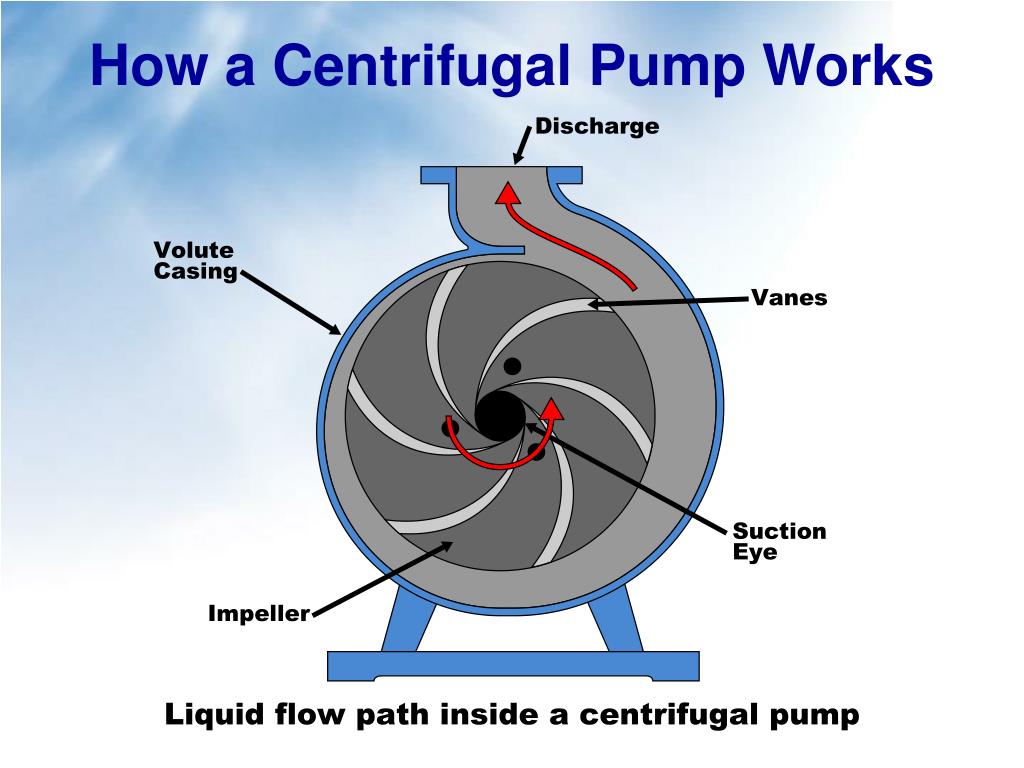
Troubleshooting
1. No vacuum. The membrane may be torn, if a vacuum appears when the valve is pressed, it is necessary to replace the part. Possible motor failure. The motor should be cleaned and checked for correct assembly.
2. Milk is not expressed. Check the assembly is correct and try again.
3. Pain when pumping. Reduce the power of the device; for a mechanical device, do not press the handle completely.
4. Milk comes out of the lining. It is necessary to check whether the pad fits snugly to the nipple, wipe the pad and the skin dry. Check the lining for cracks, if there is, then replace the lining.
The most popular models of modern breast pumps include Philips Avent (Avent) and Medela (Medea). You can buy a breast pump in the appropriate store.
03/16/2018
How to use a breast pump | Tips for using your breast pump
It may take some time and patience to learn how to use a breast pump, but the results are well worth the effort.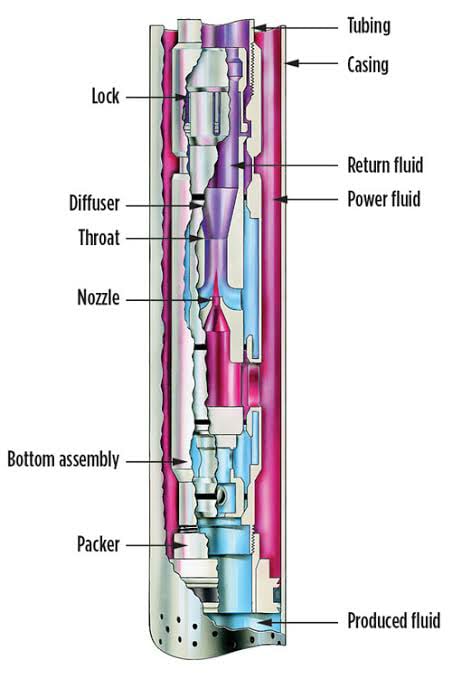 Find tips from Medela experts to help you learn how to pump with a breast pump.
Find tips from Medela experts to help you learn how to pump with a breast pump.
Share this information
Dr Nania Schärer-Hernández, Head of Global Medical Affairs and Education, Medela:
Nania is a mother of two and the world's leading expert on lactation and breast milk composition. At Medela, she leads a team of specialists who prepare educational materials based on the latest research. The group develops guidelines for physicians and educates mothers around the world about the amazing benefits of breast milk.
As with any new business, it may take you some time to get used to using a breast pump. It's important to be patient and not get frustrated if you can't express enough milk right away. After all, a breast pump simply cannot give you the same tender feelings as a baby. However, over time, your body will get used to and learn how to trigger the flow of milk when using a breast pump, and the amount of milk you can express will increase.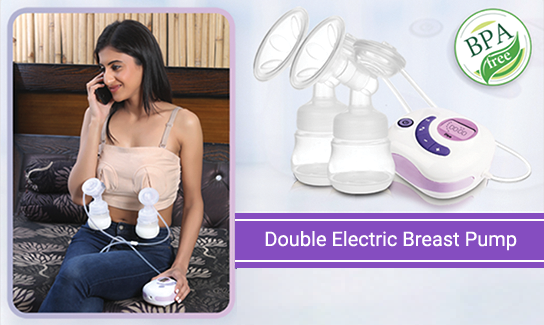
1. No need to rush to start pumping
For the first four weeks, you and your baby will work together to start and build milk production. If the baby is healthy and breastfeeding is normal, you will not need to express any additional milk. Pumping, however, can be very helpful if you need to be away from your baby for a while (see tip below). Otherwise, just enjoy spending time with your baby and be sure that even if you plan to pump regularly in the future, there is absolutely no need to "train" your body by pumping milk in the first few weeks.
2. When your baby cannot breastfeed
If your baby is unable to feed directly from the breast, for example because he was born prematurely or has special needs, or you are going to be separated for some reason, start double pumping as soon as possible. before.
Research has shown that starting pumping within the first few hours after birth (when a healthy baby usually breastfeeds for the first time) helps women produce more milk in the first days and weeks 1. 2 and gives the child the maximum chance in the future to feed exclusively on mother's milk.
2 and gives the child the maximum chance in the future to feed exclusively on mother's milk.
If your baby is expected to be born prematurely, need intensive care, or otherwise find it difficult to breastfeed, prepare ahead of time. Read up on pumping, stock up on equipment, and seek support from a lactation consultant or specialist.
Your maternity hospital most likely has a clinical double breast pump*, so ask them to show you how to use it. It is very important to express milk at a time when, under normal circumstances, you would breastfeed your baby. In this way, your breasts will receive a signal to continue producing milk. Try to start with 8 to 10 pumps per day 3 , and after the “arrival” of milk, continue to express with the same frequency.
3. Correct time
The first pumping must last at least 15 minutes.
Don't worry if you don't get much milk the first time. Regular use of a breast pump should stimulate your breasts and soon they will begin to produce more milk.
Some mothers are able to express the most milk an hour after feeding, while others prefer to express milk immediately after every second feeding. Try doing this at different times to see what works best for you. Once you have determined the optimal time, stick to this routine,
so that your body gets used to using a breast pump and tunes in to additional milk production. You may want to extend the intervals between pumping so that you can collect more milk later. But if you wait until your breasts are full, you won't be able to completely empty your breasts in one pump 3.4 , so you need to express frequently and regularly.
4. Maintain hygiene
Always wash your hands before and after pumping, rinse all parts of the pump that come into contact with your baby's milk and mouth, and thoroughly sanitize them at least once a day. All parts of the breast pump must be completely dry before being stored in a clean bag or container until next use.
5.
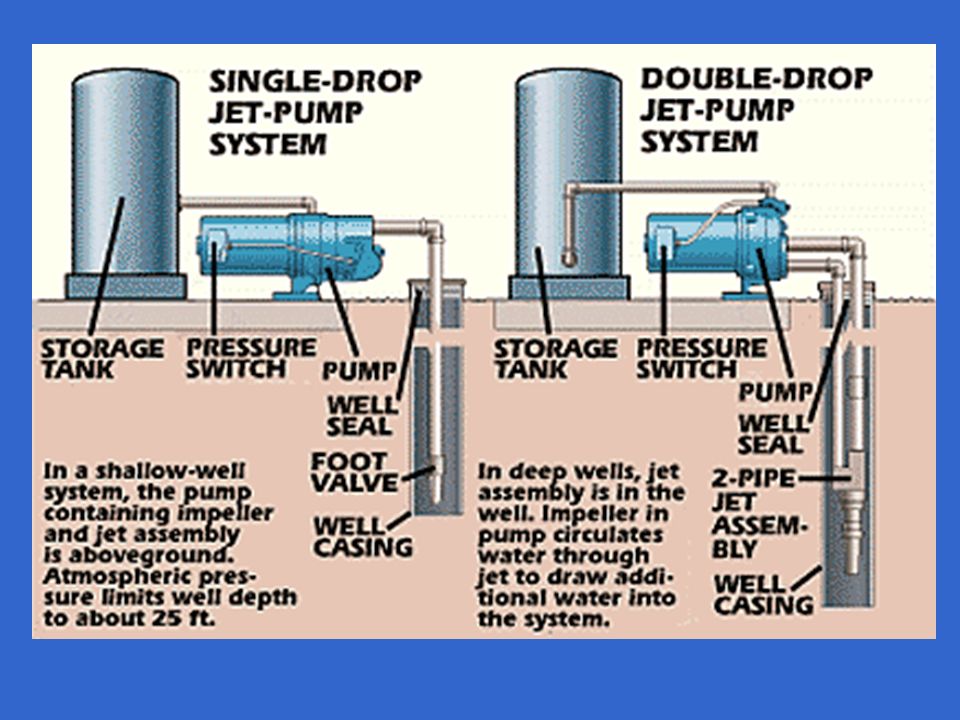 Get ready
Get ready Prepare everything you need before pumping so you don't interrupt the process. You may want to drink or eat, you may need a phone or TV remote control, bottles or storage bags to collect your expressed milk, and a diaper in case something spills.
The specially designed pumping top allows you to express without using your hands, making it easier for you to set up your pump and do other things while you pump.
6. Get comfortable
The best position for pumping is the one you feel comfortable in
. To release the hormone oxytocin, which stimulates the flow of milk, it is very important to relax. Any discomfort or distractions can interfere with this process 5 , so choose a comfortable and quiet place to pump, and position yourself so that there is support under your back and shoulders.
If you are not wearing a pumping bustier top, hold the breast pump funnel between your thumb and forefinger and use your other fingers and palm to support your breasts.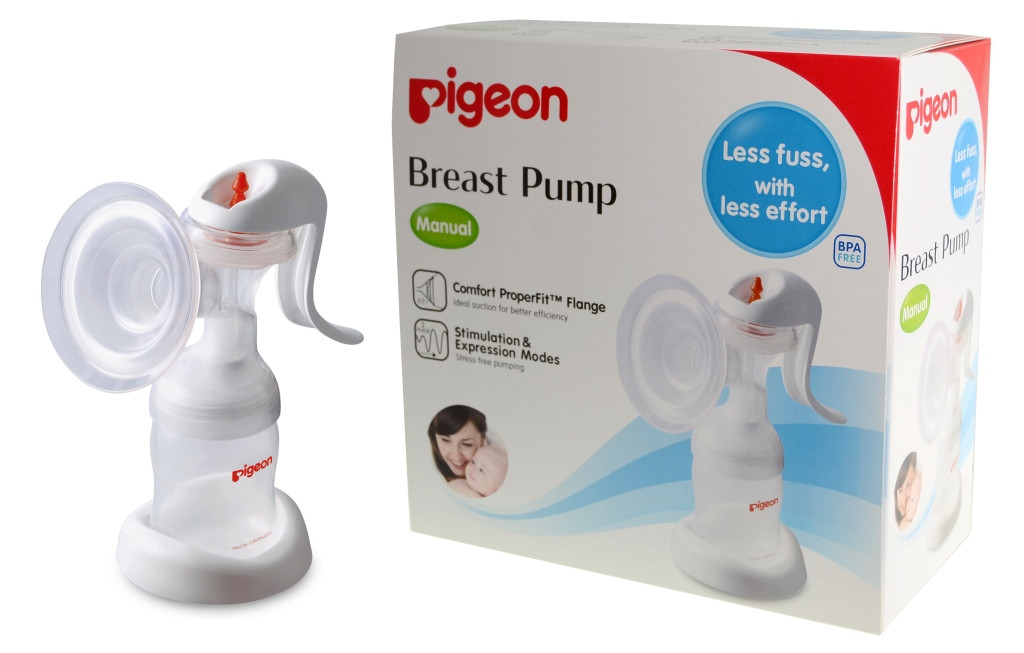 Carefully apply the funnel to the breast, do not apply too much pressure, as this can lead to compression of the breast tissue and make it difficult for milk to flow.
Carefully apply the funnel to the breast, do not apply too much pressure, as this can lead to compression of the breast tissue and make it difficult for milk to flow.
Some women find deep breathing, soothing music, visualization of pleasant images, or relaxing back and shoulder massages from their partner helpful.
7. Start a rush of milk
Most Medela* electronic and battery-operated breast pumps feature 2-Phase Expression technology, which mimics a baby's natural sucking rhythm (when quick and light sucking movements are followed by slower and more intense ones) to help trigger the rush milk. Breast massage before and during pumping 6 Warming the breasts 7 with a warm compress (such as a flannel) before pumping also promotes milk flow and increases the amount received.
Researchers have found that skin-to-skin contact with a baby before and during pumping can also increase milk production 8 . This is due to the fact that the warmth and touch of the baby triggers the production of oxytocin in your body 9 .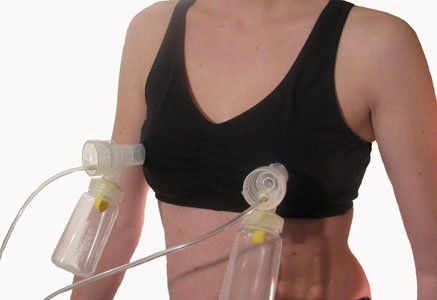 Some moms even find that pumping is best when
Some moms even find that pumping is best when
Feed the baby on one breast and express from the other at the same time, as this creates additional stimulation.
If your baby is not with you, try looking at a picture or video of the baby while you pump, or smelling his clothes 10 . Any opportunity to connect with the baby during the pumping process also helps to increase the level of oxytocin and, accordingly, a better milk flow.
8. Take advantage of the rush
Many mothers don't feel the rush, so keep an eye on it while pumping. When milk trickles into the bottle or bag, this means that the rush has begun 11 .
If you are using a 2-Phase Expression technology breast pump, it will have a stimulation mode and a pumping mode. Normally, stimulation mode lasts about two minutes, but as soon as you notice trickles of milk, as described above, you will need to switch to pumping mode. The first flush usually produces about 36% of the total milk volume, so it must be used to collect more milk 12 .
9. Find the most comfortable level
During the pumping phase, set the vacuum to the highest comfort level, the highest level setting on the breast pump that allows pumping to be comfortable. Studies have shown that it can collect almost the same amount of milk as if you were breastfeeding your baby 13.14 .
To find the right level for you, increase the vacuum gradually until you feel slightly uncomfortable and then lower it by one notch.
10. Determine how long to pump
When your milk supply is established (after about 4-6 weeks), it will be easier for you to determine how many minutes to pump. This will save time. For some women, pumping takes longer, which is related to the number of hot flashes - it is they who determine how often and for how long milk is produced 4.15 . Surprisingly, each mother has her own unique “mode” of milk flow, while it remains the same during pumping and breastfeeding 16 .
How do you define your own mode? Pick a time when you usually express the most milk and watch your pumping, noticing when the milk starts to trickle out of the nipple or when the milk starts to drain into the container.
Women who only have flushes at the start of pumping will be able to express most of their milk within 8 to 10 minutes, and increasing the duration of pumping will not affect how much milk they get. In contrast, women who experience multiple flushes or who have hot flashes later on may take 15 minutes or more to completely empty their breasts 15 .
11. Choose double pumping
If you plan to express milk regularly, it makes sense to purchase a double breast pump. Double pumping increases the level of prolactin, the hormone responsible for milk production 17 . Surprisingly, studies have shown that women who practice double pumping experience an extra boost of milk with each pumping session. This means that they express almost 1/5 more milk and this milk has a higher fat content compared to consecutive pumping from each breast 18 . In addition to saving time, this creates a tangible benefit: You can get an extra bottle of milk in just a few sessions.
12. Don't be uncomfortable
Expressing breast milk doesn't have to be painful. If you experience discomfort when pumping, or if your nipples or breasts are blistered or chafed, try changing the pump mode.
Also check the size of the funnel (the bell-shaped part of the breast pump that fits against the breast). The funnel tunnel should fit snugly against the nipple, but leave enough room for the nipple to move freely back and forth without friction. During pumping, the tunnel should not rub against the skin or draw in too much of the areola (the dark area around the nipple) or breast skin around it. A funnel that does not fit well on the breast can result in reduced milk output, which is why Medela manufactures different sizes of breast shields. 9 premature babies FASEB Journal. 2017; 31(1 Supplement): 650–19 (Journal FASEB. 2017; 31 (Appendix 1): 650–19).
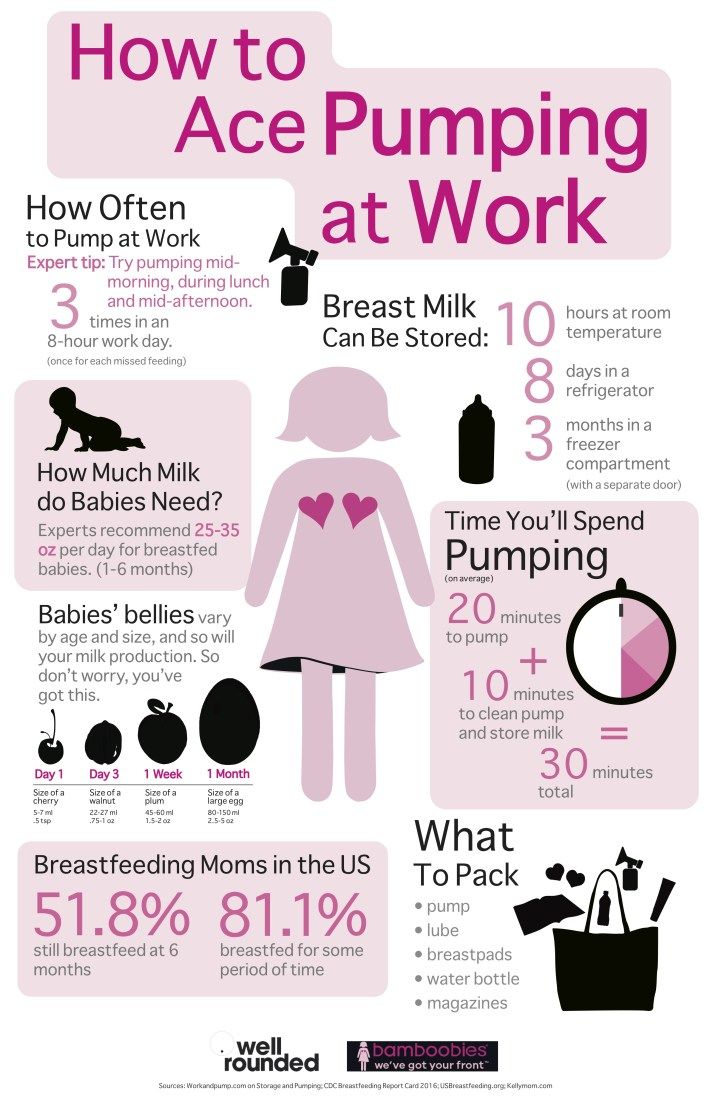 K. et al. (Prime DK et al.) Dynamics of milk removal during simultaneous breast expression in women . Breastf Med. (Breastfeeding Medicine) 2012; 7(2): 100–6.
K. et al. (Prime DK et al.) Dynamics of milk removal during simultaneous breast expression in women . Breastf Med. (Breastfeeding Medicine) 2012; 7(2): 100–6. 